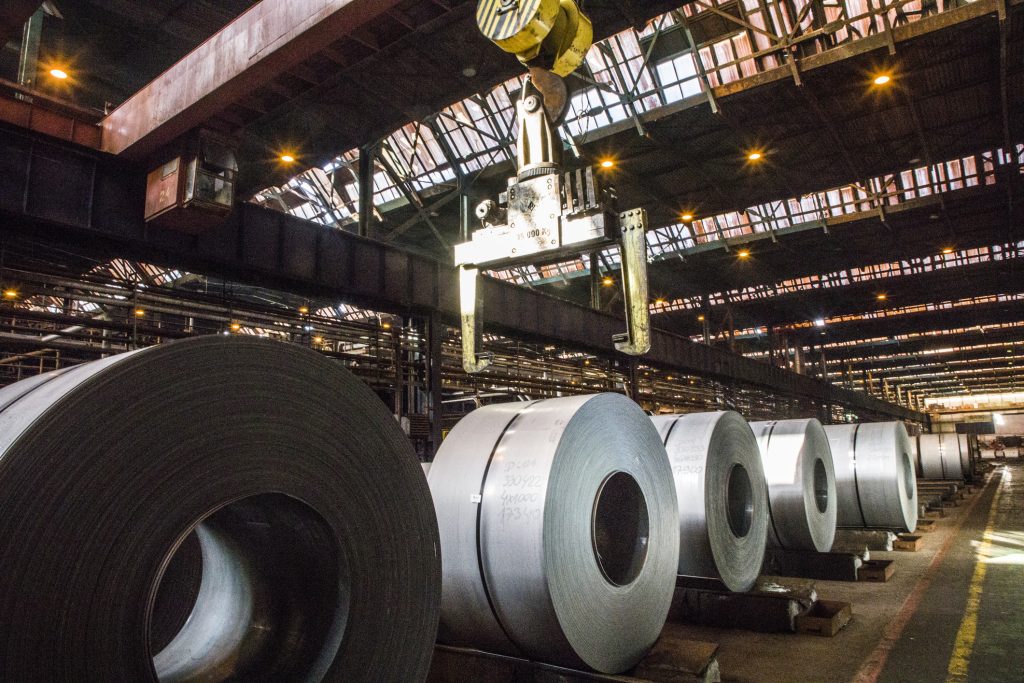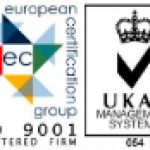The Metal Forming Process – How Is It Used In Fabrication?

Metal forming is a commonly used fabrication process that is part of a lot of metal work projects. At C&C Fabrications, our team of experts can advise on when metal forming should be used, and why it is such an important process within the fabrication industry.
If you’re interested in metal forming, and how this technique could be used in your next fabrication project, this blog will be of use to you!
What is Metal Forming?
Metal Forming is the reshaping of metal whilst it is still a solid material. The plasticity of certain metals allows for them to be formed into another desired shape without damage. A benefit of metal forming is that the metal used doesn’t lose their strength and durability during this process, meaning strong, high-quality products can be built to last.
What Materials Are Used?
Metal forming is a process that is flexible in terms of the metal that can be used. The properties and characteristics of the material usually decide which is used. The types of metal commonly in metal forming are sheet metal, aluminium, steel, stainless steel, copper and brass.
Techniques Used
Rolling – This process involves flat metal being formed using compression through two rotating rollers. Items such as rails, sheets and strips can be produced by rolling whilst creating little to no waste.
Forging – Forging involves deforming metal between two dies, either using a hot or cold working process. This process is mainly used in the automotive and aerospace industries due to the strength and durability of the final product.
Casting – Casting uses molten metal that is poured into a die. This then takes on the shape of the die to create parts such as alloys. This method is great as it allows for hollow shapes to be created without seam welding, increasing the strength of the product.
Extrusion – Similar to forging, the extrusion process uses dies. However, the metal in this instance is forced through the dies using compression, allowing it to take on the shape of the die opening.
This isn’t an exhaustive list, there are multiple other techniques used in metal forming such as stretching and drawing that our expert metalworkers use during the fabrication process.
How We Can Help
If you’re interested in the different types of metal forming and would like more information, or to enquire about one of our services, please contact us on 01977 670 067 or email info@candcfabrications.co.uk.



